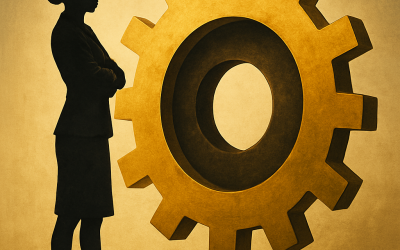High-pressure decisions expose what an organisation really is. When time is short and the stakes are high, people fall back on instinct, hierarchy, or panic. Those with strong frameworks think clearly, while others scramble.
A decision-making framework is simply a structure that helps you pause and think before reacting. It gives logic a chance to breathe. Under pressure, that pause is everything.
One useful method is RACI — clarifying who is Responsible, Accountable, Consulted, and Informed. It prevents confusion about who does what and stops endless loops of approval. Another is the pre-mortem, where a team imagines a decision has failed and works backwards to uncover the reasons. It surfaces risks before they become real.
Weighted scoring can also help when options compete. By defining criteria and assigning scores, you force explicit trade-offs. It’s not perfect, but it turns argument into analysis.
The key is preparation. Decisions made in a crisis draw on habits built in calm times. Teams that rehearse scenarios and agree in advance how to decide under stress act faster and with more confidence.
A strong process does not remove emotion, but it stops emotion from driving the outcome. It also builds trust. People are more willing to accept tough decisions when they can see how they were made.
Key Takeaways
- Good frameworks turn panic into clarity.
- Role clarity prevents duplication and conflict.
- Simulating failure exposes risk early.
- Structured trade-offs reduce bias.
- Practice under calm conditions builds resilience in crisis.
Try This
Before your next major decision, pause for five minutes. Write down who will own it, what criteria matter most, and what failure could look like. That pause alone can change the outcome.
Closing Thought
If this helped you think more clearly about decision pressure, share it. Every leader benefits from a structure when the heat is on.


